Super Thin Nanoscale Tech Can Be Worn Like A Second Skin
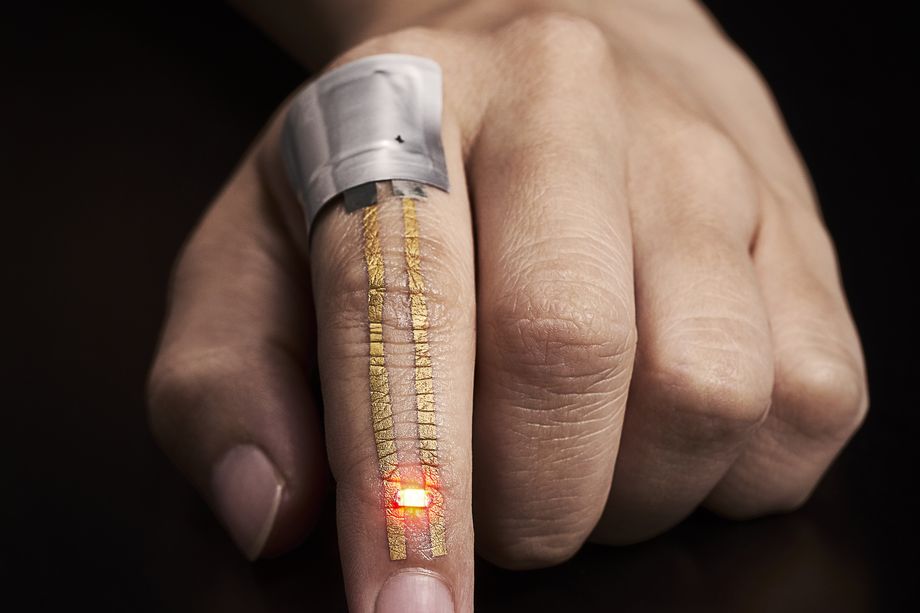
Its time to ditch those bulky and rigid health sensors and make way for much more comfortable and wearable electronics. While there have been lot of skin based wearables which monitor heart rate and other vital health signals, Scientists have come up with a new lightweight, super stretchy tech which can be directly attached onto the skin for more sensitive and precise measurements with durability as an added plus. This ultra thin and stretchable gold nano-mesh is the latest development in the wearable tech department. Scientists have created a stretchable electronic film that could monitor health by being attached to our skin. Like straight out of a sci-fi movie, this tech is capable of recording data through skin. Unlike most skin based sensors available today which are bulky and impractical, the nanoscale skin eliminates the factors which cause discomfort like rigidity, uneasiness which makes them less popular.
How Does It Work
Scientists use a mesh-like structure of metallic nano-filaments which dissolve under water, leaving the electronic part directly on the skin allowing you to easily bend and flex as you would. Twenty participants who wore it for a week reported no problems with the external skin. The skin didn’t get itchy or inflamed and the wearable didn’t break for the duration of the test. This makes the new skin an ideal solution for precise long-term medical monitoring and as an added plus, it looks like a funky gold tattoo.
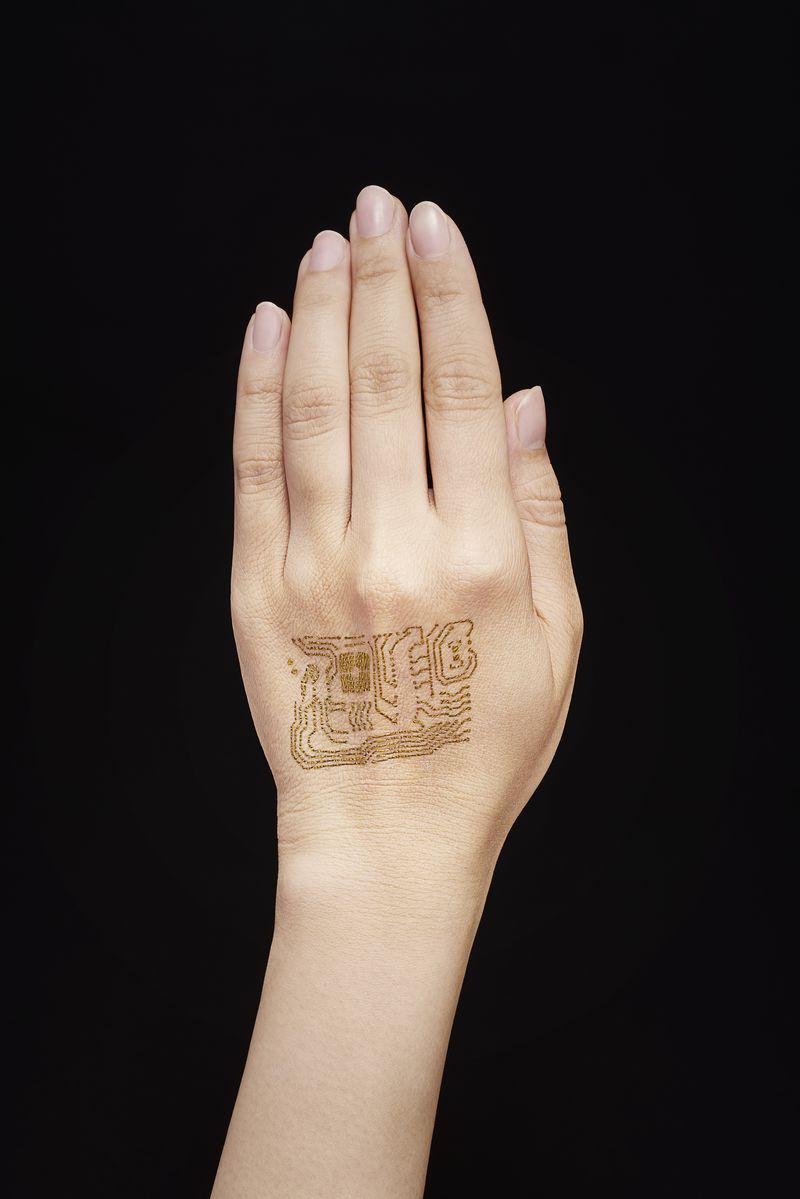
Each nano-filament i.e. electrically charged thread is about 300-500 nm in diameter and coated in a thin layer of real gold. The entire mesh-like film structure is then put on the skin and just as mentioned water is sprayed to dissolve the ultra-thin layer of polyvinyl alcohol – a water soluble synthetic polymer, which has passed hypoallergenic testing. The gold threads remain and can be used to send data to a laptop or power an LED. A flexible battery can placed at the end of the nano mesh conductor to facilitate the flow of the electric current to power the LED. The only downside to this wearable is the sensor is delicate and may not be durable in the long run. But, that’s the next step of the process.
















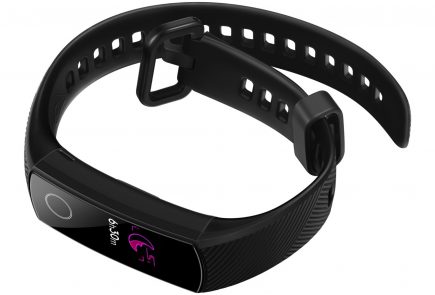
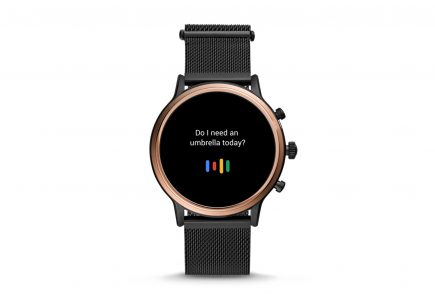
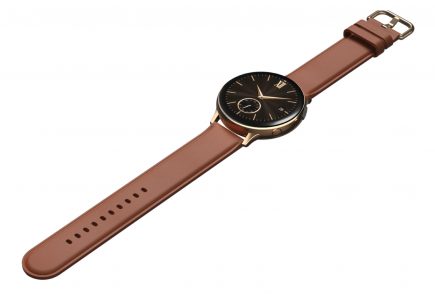
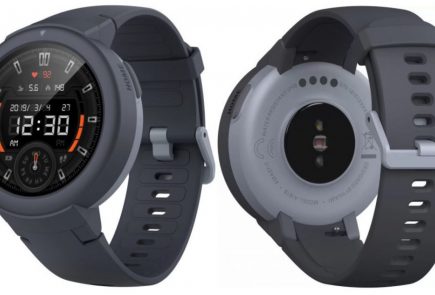



 ! For i
! For i

